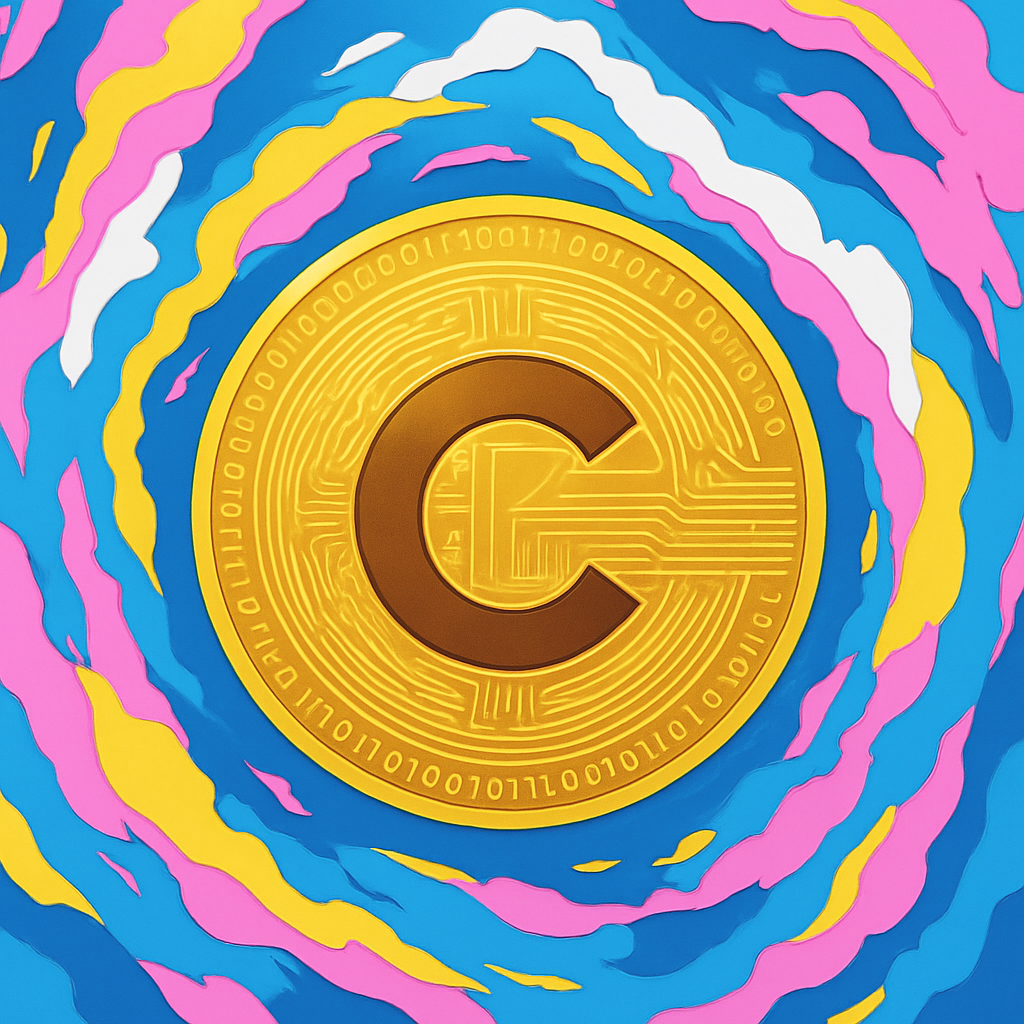
Before you jump in, let’s start at the very beginning. If crypto feels like a foreign language to you, it’s really important to know what it is first. In our first article, “Cryptocurrency for Beginners”, we broke it down super simply—no jargon, no tech overload, just the basics you actually need. Reading it first will help you understand the subject more effectively and how cryptocurrency work.”
Let’s be real for a second: most people hear the words “blockchain,” “wallets,” and “transactions” and immediately picture a Wall Street guy in a suit clicking a hundred computer screens. But crypto isn’t reserved for tech bros or financial wizards. At its heart, it’s surprisingly simple—once you strip away the fancy words.
So, let’s walk through this step by step, the same way I’d explain it to my neighbor while we’re grilling burgers in the backyard. Grab a soda, and let’s dive in.
Step 1: How a Transaction Works — Sending Money, But Without the Bank
Think about Venmo or Cash App. If you pay your friend $20 for pizza, the app talks to your bank, your bank gives the green light, and money moves. Easy, right?
With cryptocurrency, it’s similar—but here’s the twist: there’s no bank middleman. Instead, the transaction goes straight from you to your friend. Like handing them a $20 bill in person, except you’re doing it online.
Real-world example: Imagine mailing a letter without the post office. You just drop it into a magical system that delivers it instantly, no mailman required. That’s how a crypto transaction works.
Step 2: Blocks — The Digital Receipt Book Everyone Shares
Okay, so you send $20 in crypto. Where does that record go? Into something called a “block.”
Think of a block as a page in a giant community receipt book. Every time people trade crypto, their receipts get written on that page. Once the page is full, it gets sealed up and added to the book permanently.
Here’s the fun part: everyone has a copy of this book. It’s not hidden in some dusty bank vault—it’s out there in the open. That way, nobody can secretly erase, fake, or double-spend their money.
Real-world example: It’s like the neighborhood group chat. When you Venmo someone for tacos, everyone in the group sees the message. No way to lie and say, “Oh, I already paid.”
Step 3: Blockchain — The Never-Ending Notebook
Now, stack all those pages (blocks) together in order. What do you get? A chain of blocks. Yep, that’s literally where “blockchain” comes from.
Every new transaction gets added to the end, locked in with the ones before it. The chain keeps growing, and because everyone’s got the same version, it’s nearly impossible to mess with.
Everyday analogy: Imagine a public diary that never runs out of pages. Once something’s written, it’s there forever. No erasers, no backspace.
Step 4: Wallets — Where You Keep Your Digital Cash
So how do you actually hold crypto? You don’t stuff it in a leather wallet like cash. Instead, you keep it in a digital wallet—kind of like a password-protected app or device that proves the money belongs to you.
There are two main types:
- Hot wallets (apps on your phone or computer). Super convenient, like keeping cash in your pocket.
- Cold wallets (physical devices or even paper backups). A bit old-school, but safer—like locking money in a safe.
Real-world example: Think of a wallet as your house keys. The crypto lives on the blockchain (the giant book), but your wallet is what lets you open the door and prove, “Yep, that money’s mine.”
Step 5: Who Makes Sure It’s All Legit?
You might wonder, “Okay, but if there’s no bank, who’s making sure people aren’t cheating?”
That’s where computers around the world—called nodes—come in. They’re like volunteer referees. Whenever a transaction happens, they check the rules, make sure it’s valid, and then add it to the block. No single referee is in charge; the whole group agrees together. Real-world example: It’s like a neighborhood barbecue where everyone brings a dish. Nobody’s the official chef, but the group collectively decides, “Yep, this dish is legit.”
Why Do People Use Crypto?
Now, you might be thinking: “Cool, I get how it works… but why should I care?”
Well, a few things make people excited about crypto:
- Faster international payments: Sure, we already mentioned that crypto lets you send money without a bank, but that’s the beauty of it—sending money across the globe takes minutes, not days, and you don’t need anyone’s permission.
- Freedom from banks: You’re in control. No middleman telling you what you can or can’t do with your own money.
- Sometimes lower fees: Traditional transfers or credit cards can eat up fees. With crypto, those costs can be much smaller.
- Digital gold / store of value: Some folks see crypto as a kind of long-term investment, like holding a piece of internet gold, hoping it grows over time.
- Trading and speculation: These days, crypto isn’t just about holding coins—it’s also a hot trend for trading and trying to earn profits. People use tools like Coinbase or Binance right from their phones, review market charts with their morning coffee, and keep an eye on the latest crypto news and social media trends to decide when to buy or sell. It adds excitement for those who enjoy a little risk and strategy—but remember, the potential for reward comes with higher volatility.
- The future of money: And here’s the kicker—many people are excited about crypto because they genuinely believe it’s the next chapter of money and finance. It’s fast, borderless, and powered by technology that could change how we all buy, sell, and save in the future. For some, just being part of that innovation feels thrilling.
Basically, it’s about speed, independence, potential growth, and being part of what some call the future of money—all without relying on banks or waiting for someone else to approve your move.
Staying Safe with Crypto: What You Should Know

Crypto is fascinating and full of potential, but like any powerful tool, it comes with a few important precautions. Just like riding a bike for the first time, the experience is thrilling—but a bit of care and preparation makes all the difference.
- Transactions are irreversible: Remember how we talked about sending money directly, no banks involved? That’s awesome for speed and independence—but it also means once you hit send, there’s no undo button. It’s like handing someone a $20 bill in person—you can’t take it back once it’s gone.
- Lose the wallet keys = lose money: Your digital wallet is your keys to your crypto. Lose them, and you can’t access your money anymore. It’s a bit like misplacing the keys to a safe deposit box: the cash isn’t gone from the world, but it’s gone to you.
- Prices swing wildly: Remember how we said crypto can act like digital gold or an investment? Well, just like any investment, values can go up… or down, sometimes dramatically. One day your coffee-buying Bitcoin might feel like a small fortune, the next day a latte’s worth. That’s why it’s smart to start small, treat it like a hobby or experiment, and not bet your rent money.
Here’s the takeaway: for every advantage crypto gives—speed, freedom, futuristic technology—there are simple precautions that make it manageable. Keep your keys safe, double-check transactions, and enjoy the ride without overcommitting. Think of it as using superpowers responsibly: the better you understand them, the more fun and safe the experience will be.
Wrapping It Up
At the end of the day, cryptocurrency isn’t magic—it’s just a clever system for moving money without needing a middleman. Transactions go into blocks. Blocks stack into a blockchain. Your wallet is how you hold your share. And the whole system stays fair because thousands of computers around the world keep watch together.
Will you use crypto every day like cash? Maybe, maybe not. But at least now, when someone drops words like “wallets” and “blockchain” at a party, you’ll have more to say than just a polite nod.
So next time your cousin brags about Bitcoin at Thanksgiving, you can casually drop: “Oh yeah, that’s just digital money recorded on a public receipt book, right?” and watch them blink.
Takeaway: Crypto works because of community trust, open records, and technology—not because of banks or middlemen.
What is Crypto — A Beginner’s Guide
What is Blockchain: A Beginner’s Guide

